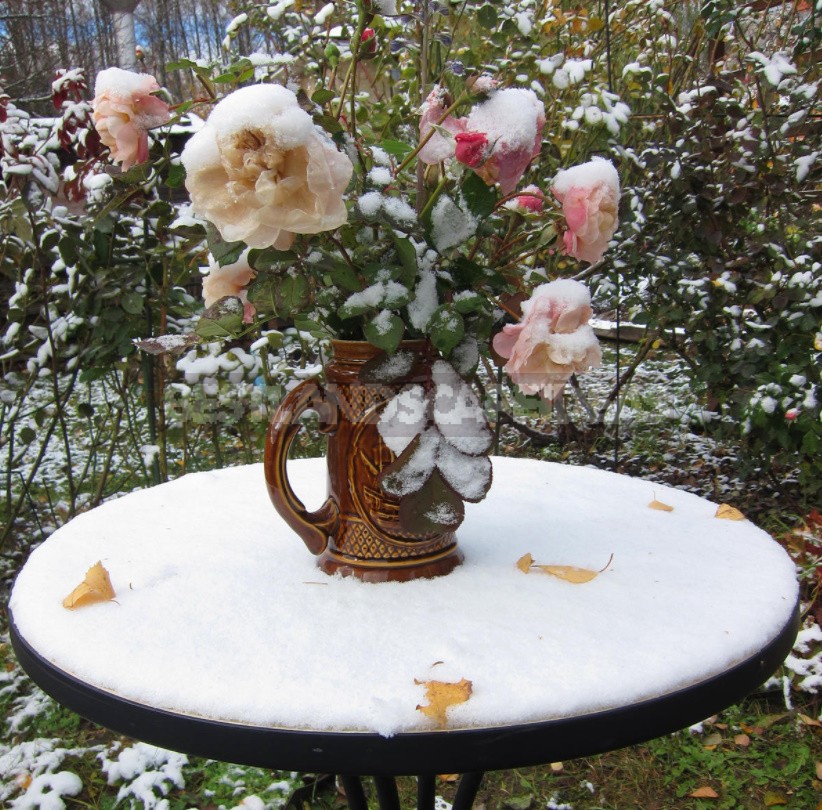Winter is just around the corner, and rose lovers should prepare their beauties for the cold season. What you need to do for this, says a flower grower with experience.
Prepare heat-loving roses for the harsh conditions of winter should begin in advance. Already in late July and early August, they stop feeding them with organic matter, replacing it with kalimagnesia and potassium sulfate, and with the beginning of autumn, they stop cutting off faded inflorescences so that the plant stems can better prepare for winter. What else is important to do before frost sets in?
1. Remove the leaves
Since pathogens overwinter on the leaves, all the leaves should be removed and burned at the end of autumn. This is quite a long and tedious procedure, but the result is worth it. I usually start pruning leaves in mid-October, gradually exposing the lower part of the bushes, so that all the leaves are already removed by the time of shelter. Before the shelter, the bushes should be treated again with a solution of iron vitriol or a copper-containing preparation.
2. Spud
It is often recommended to insulate the roots of roses for the winter to hoe plants to a height of 10 cm with a layer of dry earth or peat. My experience shows that a sheltered adult plant, the root neck of which is located at a depth of 5-7 cm in the ground, perfectly winters and without additional ground insulation. This method requires considerable effort, especially if you have a lot of roses: in the spring, excess soil will need to be removed, and it is usually not so easy to come up with a place to store a large mass of dry land. Therefore, I hoe additionally only young, not yet strong plants.
3. Crop
With the exception of mandatory sanitary cleaning, when all diseased, dried and unripe shoots are removed, I usually do not cut roses in the fall, so that I have more material for spring forming pruning. The degree of aging is usually determined by the color and if possible, it is easy to bend the shoot between your fingers. I bend all the other branches as low as possible to the ground, securing them along their entire length with metal arcs and hairpins made of thick wire with hooks at the ends.

The exception is tea-hybrid roses, as their stems are usually quite strong, and in the spring they will still have a short pruning. Therefore, I cut them for the winter at a height of about 30-40 cm.
4. bend down to the ground the
Risk of breaking the stem of a bent rose, especially at the base, is quite high, so you must do this before frost — and act carefully, gradually. However, it is usually possible to reliably preserve most of the Bush in this way.
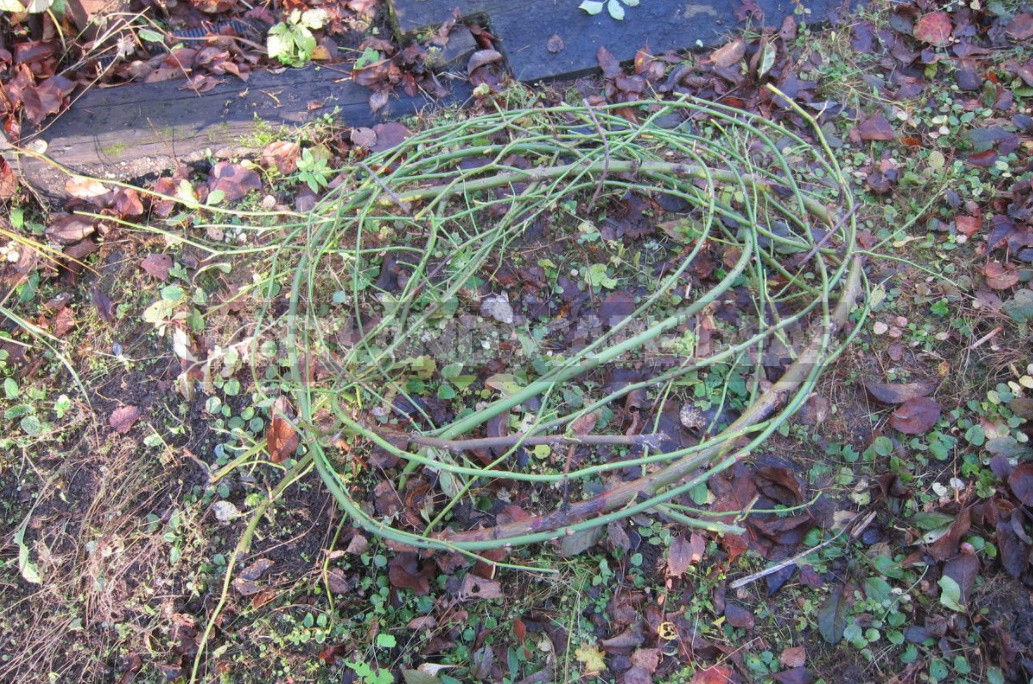
Often large bushes of wattle and some Park roses can not be held by hairpins alone. Then you can press the entire Bush to the ground with something heavy-pieces of slate, a Board, an old ladder — or take care of some permanent loads in advance to bend such bushes.
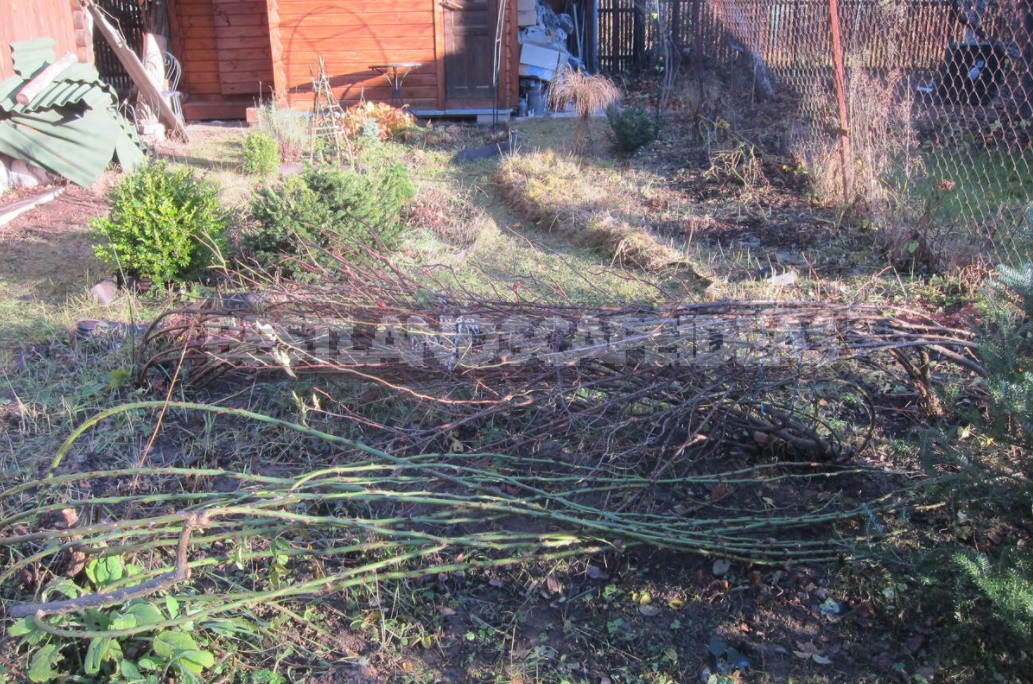
Speaking of Park roses, it should be noted that most of them do not require special preparation for winter, but some beautiful old varieties should still be bent to the ground to provide them with reliable snow cover. This will be enough for them to please you with a lush bloom.
For laying for the winter of stem roses, they are dug up on one side (the one in which the stem was sent in advance during planting) and tilted towards the excavation, so that the grafting site can be bent to the ground without damaging the stem. After that, the graft is filled with a bucket of pre-prepared dry soil, the earth is again added to the roots and the entire plant is covered in this form.
5. Hide
Despite their thermophilic nature, roses perfectly tolerate frosts up to about -5°C, and their stems are additionally “hardened”, so you need to start covering the bushes that are already bent to the ground only with the onset of a steady cooling to sub-zero temperatures.
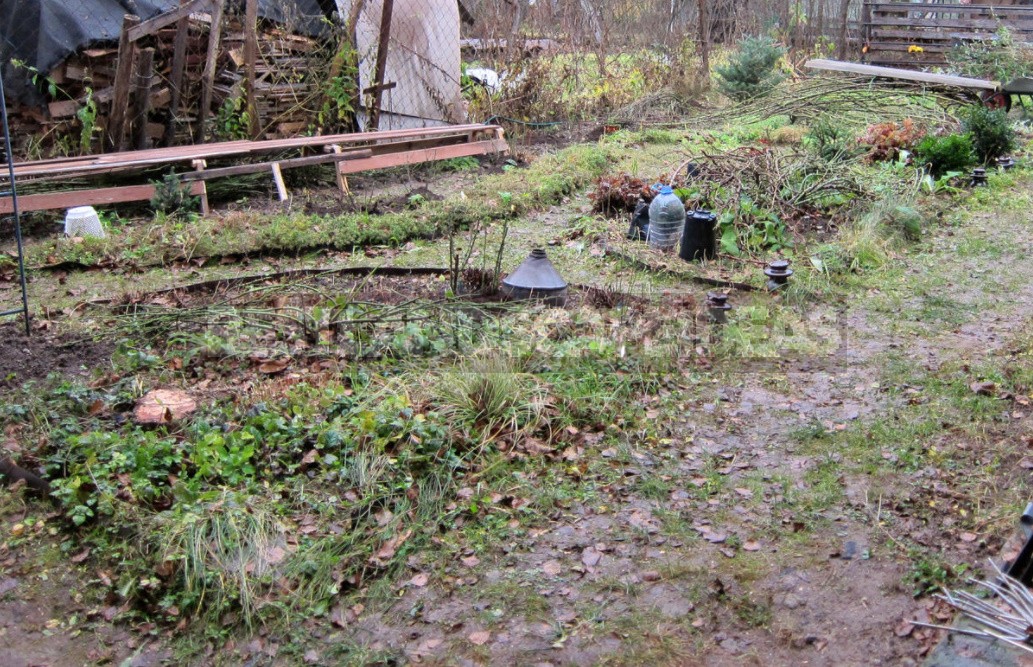
The most reliable for roses in the middle lane is considered to be an air-dry shelter. To do this, in dry weather, install a rigid frame over the plants prepared for wintering and cover it with waterproof material, thereby creating a dry air space between the ground and the future layer of snow, a kind of “Cape” for roses. Ideally, this shelter should remain waterproof and windproof in cold weather and regularly ventilated during thaws.

In fact, we are not only often forced to hide roses on the wet ground, but also, after warming the plants for the winter, we usually leave the garden until spring. Therefore, Amateur rose growers have upgraded this ideal air-dry method in accordance with cold conditions. Now, instead of waterproof, a thick non-woven material is used, which provides the necessary air exchange for wintering plants in the event of unexpected warming.
How to make a frame for a shelter
So, to hide roses for the winter over the prepared bushes, you need to install a strong frame — it can be made of wooden slats, metal arcs or some other improvised materials.

The rigid plastic mesh fixed by the “house” has proven itself well. The main thing is to create a small air layer between the shoots and the future insulation. On top of the frame to the ground in one, or better in two layers, lay a thick non — woven material and press it around the perimeter of the shelter (and if necessary-on top), so that it is not torn off even by a very strong wind.
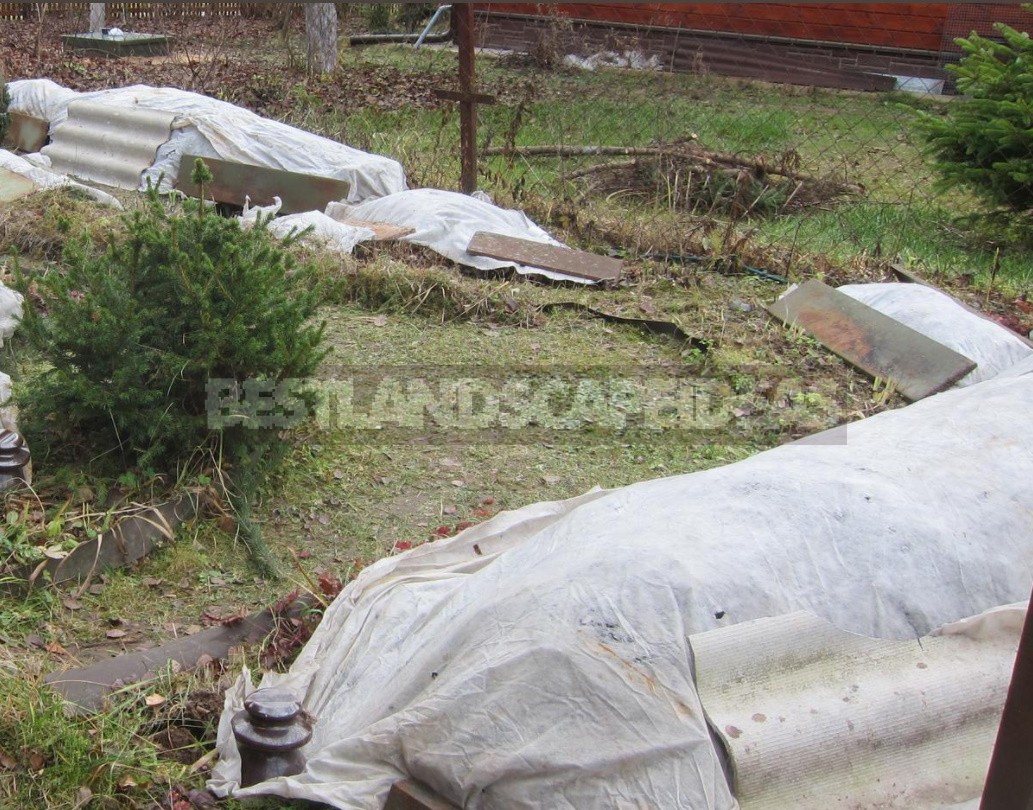
If you have the opportunity and desire, then on top of the non-woven material, you can also lay a layer of waterproof, such as plastic film, but always so that there are “vents”. I think this is unnecessary: non-woven fabric itself almost does not pass winter moisture. Being covered with snow, such a shelter reliably protects roses from low temperatures. Unfortunately, its effectiveness is reduced in the case of severe snowless frosts, but in such extreme conditions, the classic air-dry shelter does not help much.
As one of the layers of shelter, you can use spruce spruce branches or pine spruce branches, it gives additional protection from frost in the absence of snow.

